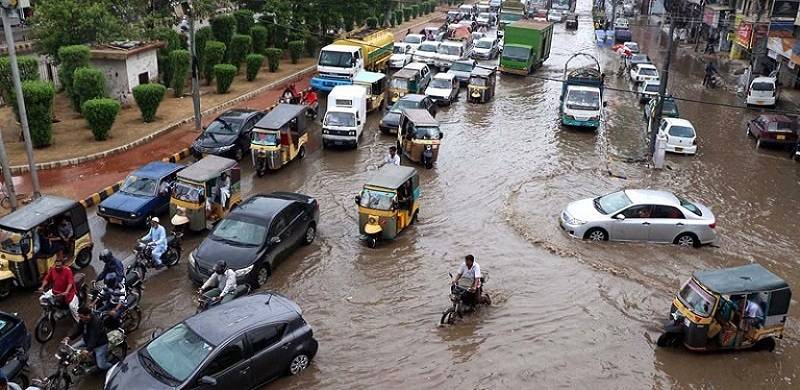
The Karachi City Diagnostic Report, Transforming Karachi into a Livable and Competitive Megacity, was prepared by the World Bank Group for strategic advice to the Government of Sindh for improving the livability and competitiveness of Karachi. Toward this objective, the World Bank conducted a set of rapid assessments from 2014 to 2016 as part of a broader technical assistance to develop a multi-sector approach for the city's transformation.
The rapid analysis for each sector was conducted between October 2015 and June 2016 by sector specialists at the World Bank, with the support of international and national consultants as needed. Each of the sectoral research teams drew from these studies to present highlights of the predominant issues, knowledge gaps, lessons from recent program experience, for and key takeaways to inform the strategic planning for the city of Karachi.
Additional field research was conducted for selected chapters to triangulate findings from the desk review through focus group discussions, key informant interviews, and in-depth case studies. The report primarily focuses on desk review, publicly available data sets, the data provided by the provincial government, and the Bank data.
According to the report, where data was scarce, the Bank team leveraged alternative sources of data, such as spatial land-use and nighttime-light maps derived from satellite imagery.
One wonders whether the data gathered in a set of rapid assessments from 2014 to 2016 is still relevant and more importantly, what portion of this huge investment will go to a broader technical assistance to the consultants to develop a multi-sector approach for city transformation? How far Provincial Bureau of Statistics or the Provincial Urban Policy and Strategic Planning Wing of P&D Sindh is effective in generating a set of reliable data under an authoritarian Secretary (Planning) and submissive Director Generals of the respective bureau and the wing? How does satellite imagery help in identifying choked nullahs and dysfunctional drainage ? Aren’t we entitled to know who were participants in such group discussions? What was the process of validation of the results? Were any civil society representatives, women’s groups, and business community part of this validation exercise if, at all, held?
The fact remains that the government of Sindh retains substantial control over local governments, which limits their autonomy. Sindh Government’s authority over cities includes: appointment and transfers of all major officials in the city including municipal commissioners, final approval of Annual Development Plans, final approval of bylaws, final approval of tax proposals, inspections, inquiries and audits coupled with approval to let the city borrow or give a guarantee, among others. In addition, the Sindh government has taken over several key municipal and urban functions and removed them from the mandate of the city.
These include master planning, building controls, solid waste management, and the development of peri-urban and peripheral lands. The city’s water and sewerage utility is already under the administrative control of Sindh government. This necessitates the strengthening of P&D Sindh as all major interventions are technically evaluated and approved by the technical fora of P&D Sindh. The authoritarian nature of P&D Sindh with its existing administrative arrangement and its non technical Secretary (Planning) being the chair of technical committee points to a systemic snag which requires immediate redressal.
Karachi needs an estimated US $ 10 billion in financing over a 10 year period to meet development gaps in three sectors: urban transport, water supply, and sanitation and municipal solid waste. Current infrastructure spending by the public sector in Karachi is well below these requirements, despite substantial increases. The solution is to leverage significant and diverse sources of public and private financing. Provincial and local governments have three general types of instruments to meet Karachi’s financing needs: fiscal transfers from higher levels of government, own sources of revenue, and instruments for leveraging other sources of financing.
The government will need to alleviate the obvious constraints to leverage and mobilize private financing to meet the city’s needs: perceived high risk due to a weak policy framework and regulations, high risk of insecurity, low capacity of public institutions to regulate and encourage private investment, high cost of doing business for the private sector, the prevalence of a large informal sector in every economic and service sector, low precedent of formal private financing for infrastructure, a weak or absent subnational borrowing framework, absence of adequate risk-sharing mechanisms for various types of risks facing infrastructure investments.
